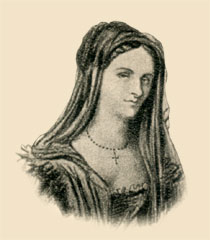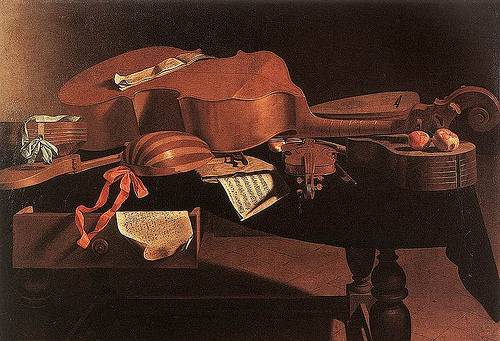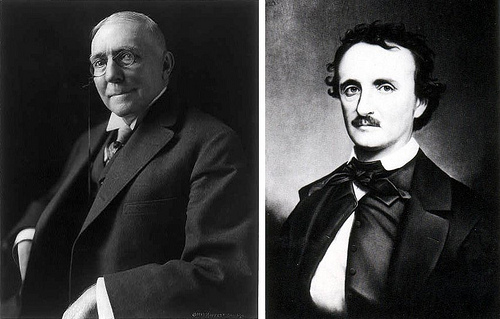
In January 1749, the Duke of Portland bet the Earl of Chesterfield that “let a man advertise the most impossible thing in the world, he will find fools enough in London to fill a play house and pay handsomely for the privilege of being there.” The earl agreed, and shortly afterward the London newspapers announced a wonderful new performer:
He presents you with a common Wine Bottle, which any of the spectators may first examine; this Bottle is placed on a Table in the middle of the Stage, and he (without any equivocation) goes into it, in the sight of all the Spectators, and sings in it; during his stay in the bottle, any Person may handle it, and see plainly that it does not exceed a common Tavern Bottle.
A crowd packed the theater on the appointed night and, when the performer failed to appear, they rioted, gutting the building. It was jokingly said afterward that perhaps the man had been corked during rehearsals.
The Cheltenham Journal actually topped this in 1825 with an advertisement for five Arabian conjurors:
[T]hey will take each a lighted torch in either hand, when lo! incredible to relate! Suckee, with the burning torches, will jump clean down Mustapha‘s throat, who in an instant, with equal dexterity, will pass down the throat of Abdallah, then Abdalluh will jump down that of Benassar, and Benassar down his brother Muley‘s; who, lastly, notwithstanding he is encumbered with his four brothers and their four torches, will throw a flip-flap-somerset down his own throat, and leave the audience in total darkness!–Probatum est.
Here again the room was crammed, but five minutes before showtime “the conjuror decamped with the money and was no more heard of,” reports William Hone. “Probably he jumped down his own throat.”





